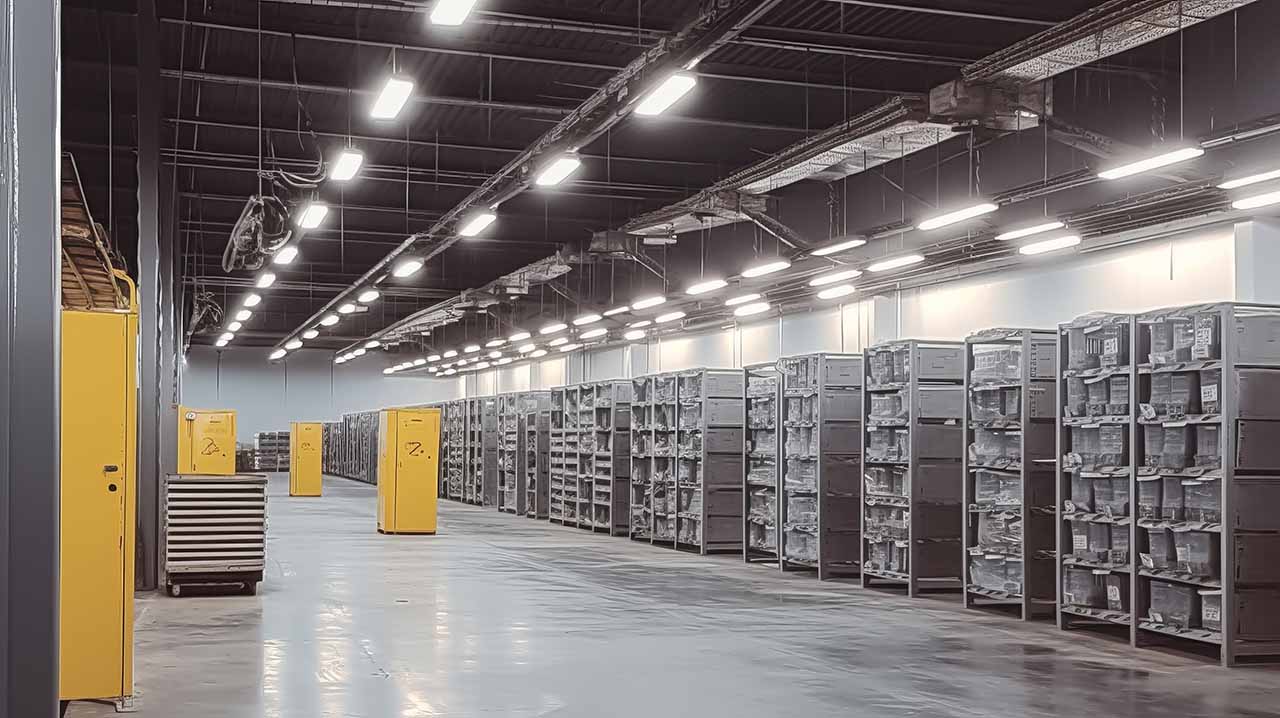Temperature-controlled warehousing is essential for the pharmaceutical industry due to the sensitive nature of many pharmaceutical products. Proper storage conditions ensure the safety, efficacy, and quality of medications and other health-related products. This article outlines the key benefits of temperature-controlled warehousing for pharmaceuticals.
1. Ensures Product Integrity
1.1 Stability of Active Ingredients
- Prevent Degradation: Many pharmaceuticals contain active ingredients that can degrade if exposed to inappropriate temperatures. Temperature-controlled environments prevent this degradation, ensuring that medications remain effective.
- Consistent Potency: Maintaining stable temperatures helps ensure that the potency of the active ingredients remains consistent throughout the product’s shelf life.
1.2 Preservation of Biological Products
- Biologics and Vaccines: Biological products such as vaccines, insulin, and other protein-based drugs require strict temperature control to remain effective. Temperature-controlled warehousing preserves these products by maintaining required storage conditions.
- Compliance with Regulatory Standards
2.1 Adherence to GMP and GDP
- Good Manufacturing Practices (GMP): Temperature-controlled warehousing ensures adherence to GMP standards, which mandate specific storage conditions for pharmaceutical products.
- Good Distribution Practices (GDP): Compliance with GDP guidelines requires maintaining appropriate storage conditions during distribution, which temperature-controlled warehousing facilitates.
2.2 Regulatory Compliance
- FDA and EMA Standards: Meeting the standards set by regulatory bodies such as the FDA (Food and Drug Administration) and EMA (European Medicines Agency) is crucial for market access. Temperature-controlled warehousing ensures compliance with these standards, avoiding legal and financial penalties.
- Extended Shelf Life
3.1 Reduced Spoilage
- Minimized Waste: Proper temperature control reduces the risk of spoilage and waste, ensuring that more products reach the end user in good condition.
- Cost Savings: By extending the shelf life of products, companies can reduce costs associated with spoiled or expired inventory.
3.2 Inventory Management
- Optimized Stock Rotation: Temperature-controlled warehousing allows for better inventory management practices, such as first-expired, first-out (FEFO), ensuring that older stock is used before newer stock.
- Enhanced Safety and Quality Control
4.1 Continuous Monitoring
- Real-time Tracking: Advanced monitoring systems in temperature-controlled warehouses provide real-time tracking of environmental conditions, ensuring that any deviations are quickly addressed.
- Data Logging: Continuous data logging provides a detailed record of storage conditions, which is essential for quality control and regulatory audits.
4.2 Risk Mitigation
- Reduced Risk of Contamination: Controlled environments reduce the risk of contamination, ensuring that products remain safe and effective.
- Alarm Systems: Automated alarm systems can alert warehouse managers to any issues with temperature control, allowing for immediate corrective action.
- Improved Supply Chain Efficiency
5.1 Reduced Transportation Time
- Strategic Location: Temperature-controlled warehouses strategically located near production facilities or distribution hubs can reduce transportation time, ensuring quicker delivery of pharmaceuticals.
- Streamlined Logistics: Efficient storage and handling procedures in temperature-controlled warehouses streamline logistics, reducing delays and improving overall supply chain efficiency.
5.2 Integration with Distribution Networks
- Seamless Cold Chain: Integrating temperature-controlled warehousing with other parts of the cold chain ensures a seamless transition of products through various stages of the supply chain, maintaining optimal conditions from production to delivery.
- Enhanced Coordination: Improved coordination with distributors and retailers ensures that products are stored and transported under the correct conditions, reducing the risk of temperature excursions.
- Customer Confidence and Brand Reputation
6.1 Quality Assurance
- Reliable Products: Consistently delivering high-quality, effective products builds customer confidence and trust in the brand.
- Brand Loyalty: Ensuring the integrity of pharmaceutical products through temperature-controlled warehousing enhances brand reputation and fosters customer loyalty.
6.2 Competitive Advantage
- Market Differentiation: Companies that invest in temperature-controlled warehousing can differentiate themselves in the market by offering superior product quality and reliability.
- Customer Satisfaction: Meeting and exceeding customer expectations regarding product safety and efficacy leads to higher customer satisfaction and repeat business.
Conclusion
Temperature-controlled warehousing is indispensable for the pharmaceutical industry, providing numerous benefits that ensure the safety, efficacy, and quality of products. By maintaining product integrity, complying with regulatory standards, extending shelf life, enhancing safety and quality control, improving supply chain efficiency, and boosting customer confidence, temperature-controlled warehousing plays a crucial role in the success of pharmaceutical companies. As the demand for high-quality pharmaceuticals continues to grow, investing in advanced temperature-controlled storage solutions will be essential for staying competitive and meeting the stringent requirements of the industry.


 Dave McGowan has been a member of the WEL Family since May 1989. He is a husband and father of two children. Dave is also a U.S. Army veteran and served in Vietnam in 1971-1972, and he attended driving school soon after he was released from the military in 1974.
Dave McGowan has been a member of the WEL Family since May 1989. He is a husband and father of two children. Dave is also a U.S. Army veteran and served in Vietnam in 1971-1972, and he attended driving school soon after he was released from the military in 1974. During his career with WEL, Phil has worked as a driver, dispatcher, terminal manager and customer service manager. He says he always was a driver first, though non-driving jobs taught him financial management that helps him as an owner-operator.
During his career with WEL, Phil has worked as a driver, dispatcher, terminal manager and customer service manager. He says he always was a driver first, though non-driving jobs taught him financial management that helps him as an owner-operator.